Editor’s Note: This review was written directly following the “Watermill Quintet” performance at the Guggenheim Museum in March 2011. It has been reprinted here in its original form.
Learned contextual expectations are everything, which is why I was so intrigued this spring when I received an email about the Guggenheim’s “Works & Process” program through a dance performance listserv. Billed as “a performing-arts series that informs artistic creation through stimulating conversation and performance,” the series purports to integrate the performing and visual arts on an institutional level. Modern and contemporary museums have expanded their jurisdictions, yet in general the performing arts and visual arts worlds still stand as two distinct monoliths. Despite the collapsing of partitions within each realm—between dance, theater, opera, music, etc. in one, and sculpture, painting, installation, performance, etc. in the other—and our confidence in our own open-minded interdisciplinary thinking, the boundaries of each remain fairly impermeable.
The program for 13 – 14 March 2011, called “Watermill Quintet: Robert Wilson Curates New Performances from The Watermill Center,” promised to be especially inclusive, “combin[ing] performance art, theater, video, and music.” The unifying thread was Robert Wilson, an avant-garde director and artist who founded the Watermill Center on Long Island in 2006 as an “interdisciplinary laboratory for the arts and humanities.” The lineup for the weekend consisted of four performances interspersed with video interludes, and the combination displayed the disciplinary tension at the center of this experimental endeavor, simultaneously melting and solidifying the parameters of performing arts and performance art.
The first piece, “Veneration #1: The Young Heir Takes Possession of The Master’s Effects,” was a solo performance by Andrew Ondrejcak, who sheepishly introduced himself as an architect and set designer (“not a dancer”) at the question and answer time after the show. At the outset the audience was unaware of that semantic distinction and entered into the auditorium to find Ondrejcak, wearing flesh-colored briefs, running on a flat conveyor belt that faced a large piece of glass positioned between him and the audience. This action-as-installation continued for the entire time it took for the seats to fill, and wonder at his pace and well-defined muscles soon lapsed into nonchalance as people chitchatted and glanced at the program. The description therein noted that Ondrejcak was facing a one-way glass, which meant that although we could see him perfectly he couldn’t see anything but himself. Gradually, a microphone on his body was turned up over the soundtrack (a recorded harpsichord score played by Ondrejcak) as his steady breathing slowly became ragged and uneven.
It was unclear exactly when the “performance” began—when Ondrejcak began running? when the audience entered? when the lights dimmed? when the microphone was turned on?—but eventually silence ensued. The spot at the front of the running surface was dramatically lit from above, so every movement of the muscles and tendons underneath Ondrejcak’s skin was visible. I was mesmerized by him, and gradually my sustained attention revealed every detail of what his body was experiencing: I noticed when the perfect pumping of his arms fell out of pattern and started to drift wide; when the sweat dripped into his eyes and he blinked; when his speed slowed and the light patterns on his body shifted as he drifted back on the treadmill; and when he pushed forward into the light again, feet slapping loudly and limbs swinging desperately. I have run some in my own time but have never had any patience for watching others do it. Yet all I wanted with Ondrejcak was more time: more time to observe the human body, more time to watch him struggle as both my curiosity and my sympathy were activated. All of a sudden there was a collective gasp as he disappeared off the back of the treadmill into the dark, and the audience heard him thud to the ground.
I was so stimulated by “Veneration #1,” my perception and attention so highly attuned by the end of it, that the next performance was overwhelming—one could compare it to looking intently and closely at a single Rothko painting for 30 minutes and then walking outdoors to find oneself in Times Square on New Year’s Eve. “Shorter Are The Prayers in Bed, but More Heartfelt,” directed by Derrick Ryan Claude Mitchell as the conclusion of a project called Dorothy K, is an almost indescribable creation. The dark stage held characters that looked like Cobweb, Peaseblossom, Moth, and Mustardseed, but as the lights slowly rose the actors were revealed to be dressed not only in fairy-garb but with appliqués of animal carcasses, blood, bones, and other gory remains. A woman, whom I couldn’t help thinking of as the Fairy Queen, led an androgynous chorus in chanting over a discordant musical score, while a suited man at a microphone directed them through a repetitious pattern of bouncing and jumping. Then a large and imposing man smeared with blood emerged and started stomping around the auditorium, reciting a Lennie-like monologue about loving a sparrow but killing it. Eventually he met up with a smaller woman dancer and proceeded to roll over her repeatedly as she spoke her own monologue, gasping for breath whenever he crushed her torso.
At this point I gave up trying to scribble down what they were saying, because everyone on stage spoke over and under each other, repeating their lines insistently as if desirous to be heard yet drowning each other out. Finally—mercifully—the Lennie-man picked his “sparrow” up and placed her on a makeshift altar of two cobweb-covered birdcages. The chanting continued as she slowly pedaled her feet in the air until the lights went out, leaving the audience to contemplate our forced complicity in her sacrifice. The difficulty of recounting this piece is implicit in my resorting to allusions to other works—an attribute of which the artists seemed aware, as the program simultaneously explained and obfuscated the performance as “a specific and significant exploration of imagery, performance, and theatrical device; achieving heightened and ecstatic states through ritual, procession, use of organic materials, exhaustion, ether, leeching, binding, restrictive costumes, and the firing of arrows into waxed objects held aloft by human hands.”
The performing arts aspect of the evening was most easily observed during the third and fourth pieces. “MY HEART’S IN MY HAND, AND MY HAND IS PIERCED, AND MY HAND’S IN THE BAG, AND THE BAG IS SHUT, AND MY HEART IS CAUGHT,” directed by Carlos Soto, involved eerily grinning white-clad performers catching, dodging, and circling each other. It was a carefully choreographed interplay, with technically skilled dancers who spun and stumbled, mannequin-like, across the stage. The fourth piece, a crowd-favorite tantalizingly titled “MOMENT—a duet for one,” was choreographed and performed by Marianna Kavallieratos and Thanassis Akokkalidis. Each used a simple plastic stackable patio chair as a prop in an enthralling and inventive meditation on companionship, duality, and “the human being as a hermaphrodite.” Although Kavallieratos and Akokkalidis maintained stoic expressions and blank eyes, they conversed through their movements. The performance contained multiple “duets”: the dancers with each other, with their chairs, and ultimately with their own internal dualities.
I spent the weeks following this performance contemplating labels and boundaries. My immediate instinct was to organize the pieces into discrete art historical taxonomies—the first was installation, the second performance art, and the last two modern lyrical dance—but I also questioned this compulsion and the reality of the classifications I was imposing. One assessment that became constructive for me was based on the idea of disruption; for each piece, the answer to the question “What would be considered a ‘mistake’?” seemed particularly illuminating. The momentum of Ondrejcak’s work was towards failure, so a stumble along the way would have been within the piece’s purposeful trajectory. And in the work by Mitchell, variation and improvisation appeared to be intended. While lines had been memorized and movements blocked, the preparation seemed comparable to a Happening or performance piece. Logistics were worked out for the sake of everyone involved, but meaning was left to occur in the indeterminate spaces. Yet in both of the last two pieces, precision was paramount. Of course it was postmodern precision—which has none of the body-conscious rigor of classical ballet—but there was still that tension discernible in any performing art, as the audience both anticipates and fears the wrong note or the misstep.
There is a “Works & Process” YouTube channel as well as a Flickr account, although pictures from this particular performance have not been uploaded. Also, here you can find an interview with Sherry Dobbin, the co-director of the Watermill Center, in which she discusses the center’s mission and residency program.

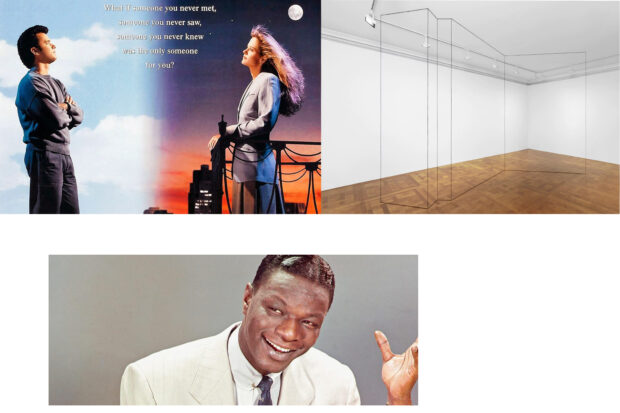
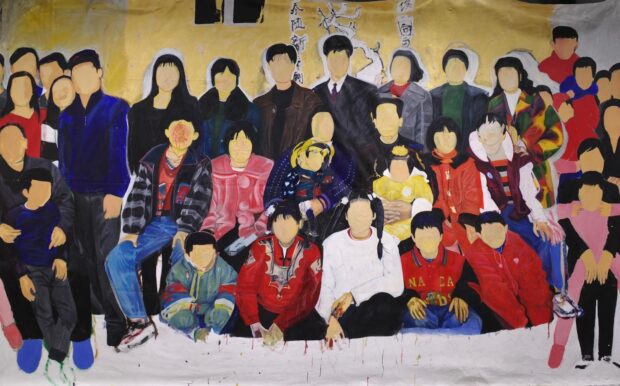
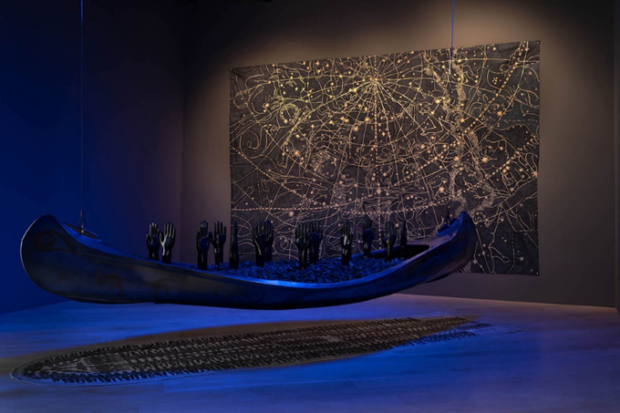
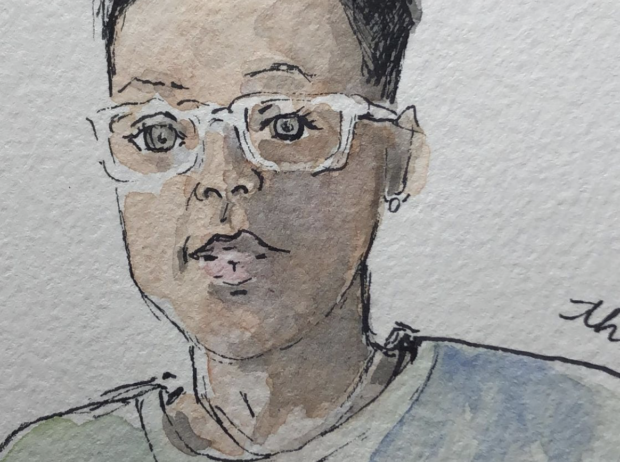
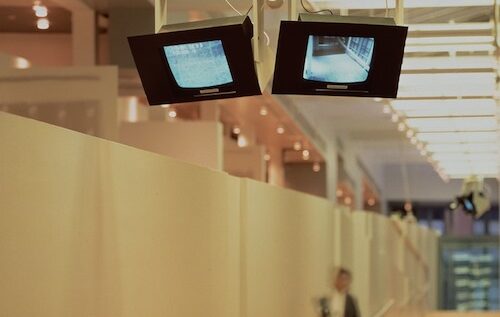
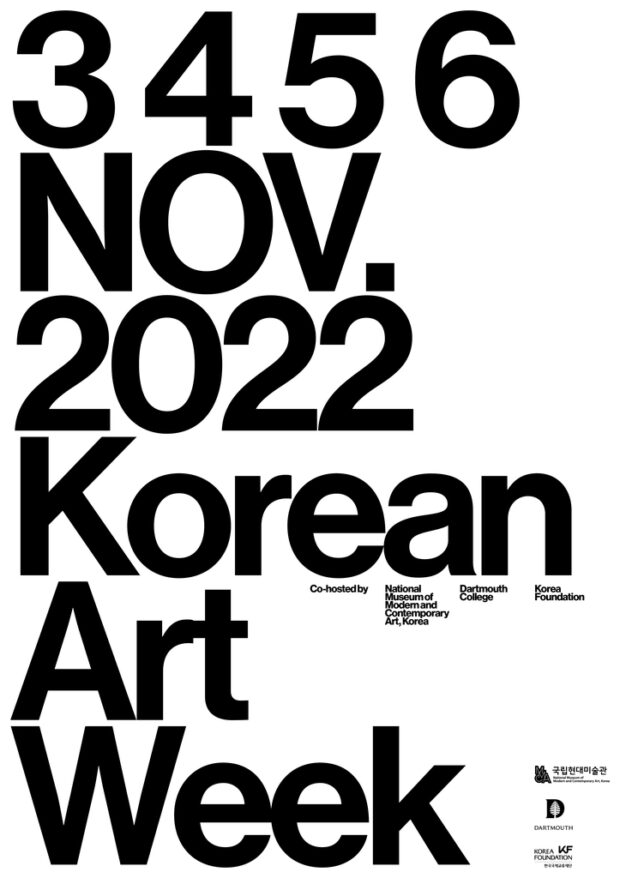

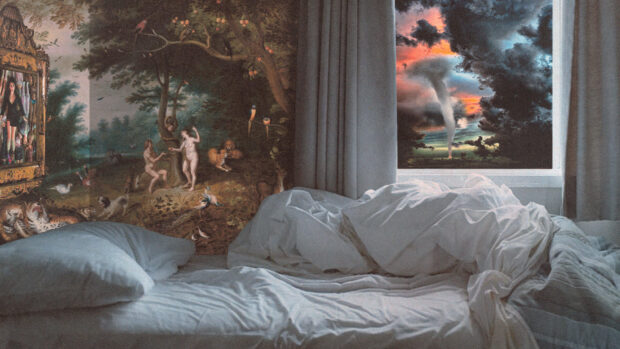
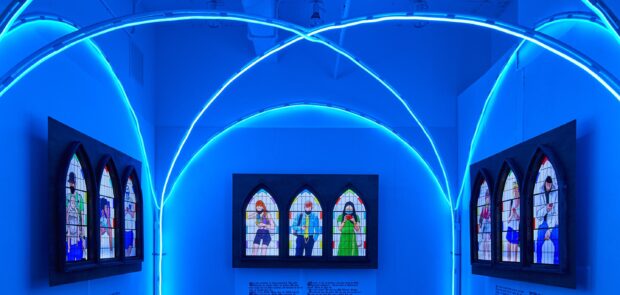
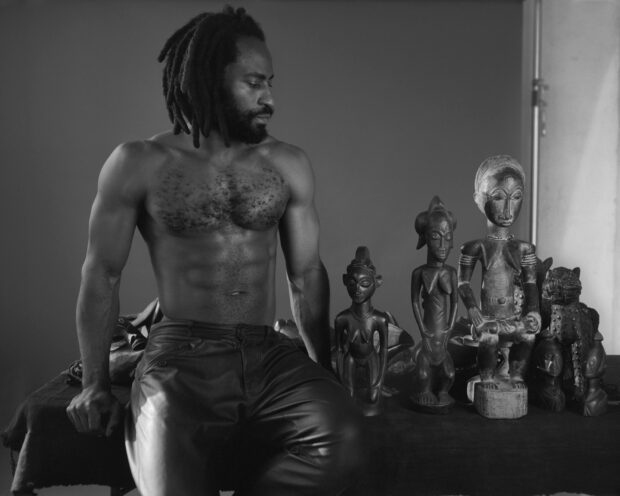
Be First to Comment